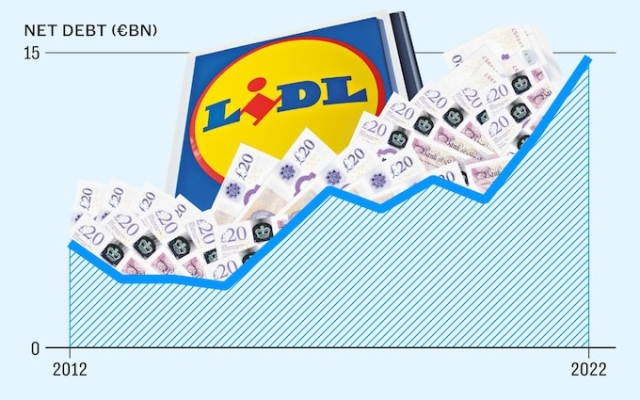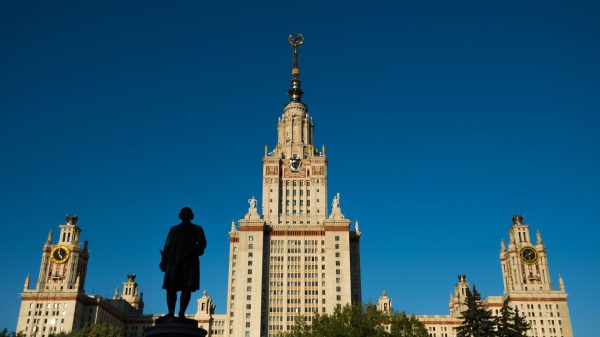
Situated approximately two miles north-west of Norwich city centre, Mile Cross Council Estate holds a special place in history German retail company Lidl.
When Lidl burst into our homes (and the national consciousness) in the mid-1990s, this unremarkable corner of Norfolk was among a handful of locations carefully chosen to house its first UK stores.
However sentiment was not enough to save supermarket Lidl from collapse when the discount giant hit several of its UK stores last year. Some locals were so alarmed they launched a petition, although others pointed out that another Lidl could be found half a mile down the road.
The company tried to ignore the decision, blaming it on the building being “no longer fit for purpose.” Plans to open a slew of stores across the country were leaked to the tabloids in what appeared to be an attempt to demonstrate that the juggernaut of Lidl had struck.
However, there can be no doubt that Lidl's plans to conquer Britain failed. After years of relentless expansion, the company's distinctive bright blue and yellow logo can be found in nearly 1,000 stores in cities and towns across the country.
They also show that Lidl's debt has risen from just under £1.7bn in 2020 to £3.1bn at last count. Analysts at Barclays describe the level as «significant» and £2.3 billion of this amount is due over the next five years.
Because all bank loans remained at floating rates, Lidl became highly vulnerable to sudden changes in borrowing costs.
This explains why, despite soaring sales and continuing market share gains, Lidl has curbed expansion and cut costs as it tries to weather the storm and protect its gains.
Store openings have long been the main weapon of Lidl and Aldi in their relentless assault on the UK grocery market.
In August 2021, with the UK just emerging from a third national lockdown, Lidl unveiled ambitious plans to increase the number of its stores from 880 to 1,100 by the end of 2025, an increase of 55 stores a year over the next four years. Or, as Christian Hartnagel, then head of its UK stores, proudly put it: the equivalent of “about one a week.”
The program was soon cancelled. The following year, the company cut the ribbon and opened 50 shiny new stores, but by 2023 that number had been halved to 25.
This year only 12 projects were unveiled, and unlike last year, management declined to say how many projects are currently under development. The slowdown raises questions about the likelihood of reaching the 2025 target. Grocer magazine suggested the recession could last until 2026.
Lidl has also shut down its Walsall warehouse and cut staff in its property buying division. This is the first real setback the company has faced in the UK, the chain's third-largest territory after Germany and France.
The same pressure can be seen in the wider Lidl empire, which now spans more than 30 countries (almost all of which are in Europe) after Lidl opened its first store outside Germany in 1988.
Having initially predicted sales would rise «modestly» in 2022, Lidl recorded turnover of €81.8bn (£69.9bn), helped by average food inflation of 8.4% in the eurozone and even higher in parts of Central Europe. This was a 23% jump from the previous year and the strongest growth in a decade.
However, the result went in the opposite direction. Pre-tax profit fell almost 15% to 2.3 billion euros and net profit fell 23% to 1.6 billion euros, roughly the same as pre-pandemic levels.
As margins fell to 2.3%, profitability fell to its lowest level since 2012.
Barclays analysts put this down to a number of factors, including higher production costs such as higher wages, some of which Lidl chose not to pass on to customers. These include higher wages, as well as bills for servicing a huge debt load.
Barclays analysts attribute this to a number of factors, such as higher production costs. Lidl has chosen not to pass all this on to customers, including higher wages and bills for servicing its huge debt pile.
Paying interest on debt in its international divisions, where Lidl generates approximately 70% of its turnover, i.e. .more than doubled from €153m to €360m (£309m) in 2022, thanks to the double whammy of rising borrowing and higher interest rates. Net debt increased by 36% from 10.9 billion euros to a record level of 14.8 billion euros.


























































Свежие комментарии